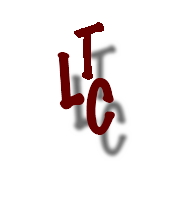"Waves" Theory: an anachronistic reading
Résumé
Virginia Woolf’s The Waves (1931) is her most “experimental” novel in its formal structure. The Waves is made up of two sorts of discourse juxtaposed: the ten “interludes” in the past tense distributed through the novel describing waves breaking on the shore at various times of the day and at various seasons, and the “soliloquies” (her words) of the six characters at various times in their lives. The soliloquies are enclosed within quotation marks and are in the present tense. Just who or what is speaking in the italicized interludes, and from where and when? To whom or to what are the soliloquies addressed? Who or what is it, and speaking from where or when, who (or which) says, “said Bernard,” “said Jinny,” “said Susan,” and so on, once more for each soliloquy enclosed within quotation marks. Just what set of interpretative hypotheses will best and most economically account for the strange stylistic features of The Waves? The simplest answer is that The Waves presupposes a vast impersonal memory bank that stores everything that has ever happened, every thought or feeling of every person, but turned into appropriate language, complete with figures of speech for sensations and feelings that cannot be said literally. Somewhere the endless interior speech of all the characters is going on happening, endlessly. The narrative voice is a medium through which the characters speak, in a selection from that universal “memory bank.” Passages in Woolf’s Diary and in her “A Sketch of the Past” (from Moments of Being) confirm this hypothesis.
Several philosophers, critical theorists, or novelists have theories that are similar to, though not identical to, Woolf’s concept of a universal memory bank: Edmund Husserl, Henry James, Maurice Blanchot, Jacques Derrida, and Wolfgang Iser.
Mots-clés

